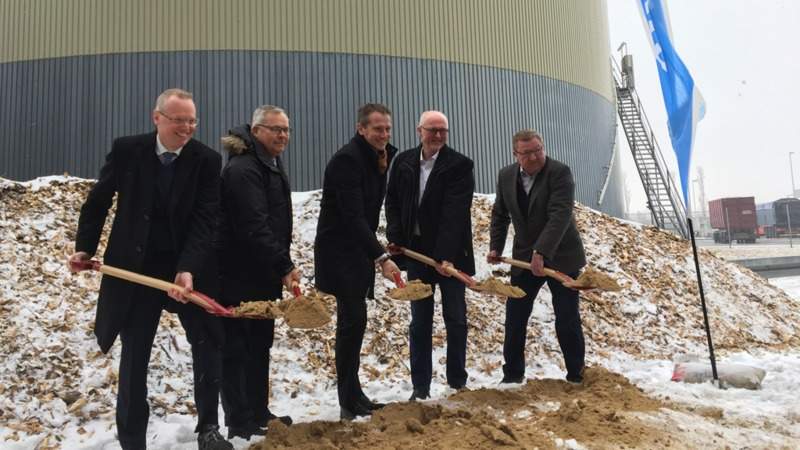
Danish power company Ørsted has begun a conversion project at the Herning Power Station in order to improve the efficiency of the plant.
The kr200m ($33m) conversion project will minimise the consumption of wood chips and wood pellets by nearly 20% while maintaining the same supply of heating to the Danish municipalities including Herning, Ikast and Sunds.

Discover B2B Marketing That Performs
Combine business intelligence and editorial excellence to reach engaged professionals across 36 leading media platforms.
As part of the project, a new building will be constructed for installing a flue gas condensation plant, as well as other mechanical components to retrieve energy from the flue before it’s discharged from the stack.
The company anticipates that the Herning Power Station will be able to convert sustainable biomass to electricity and heat more efficiently, as soon as the new plant becomes operational next year.
Ørsted Bioenergy and Thermal Power executive vice-president and CEO Thomas Dalsgaard said: “It’s really good news for our climate that we join forces with our heat customers to make Herning Power Station even more efficient.
“It’s already a green power station running on sustainable biomass, and now we’ll be able to reduce the fuel consumption significantly, thus ensuring that the power station is a competitive alternative to fossil fuels.”

US Tariffs are shifting - will you react or anticipate?
Don’t let policy changes catch you off guard. Stay proactive with real-time data and expert analysis.
By GlobalDataOriginally opened as a coal-fired power station in 1982, the Herning Power Station was converted to use natural gas in 2000, and two years later it was again converted to use wood chips as fuel.
Since 2009, the power station has been running on biomass, which mainly included wood chips and supplemented with wood pellets.
The Danish firm is said to have signed a 15-year agreement with Eniig Varme, Energi Ikast Varme and Sunds Vand og Varme to supply heat from Herning Power Station.





